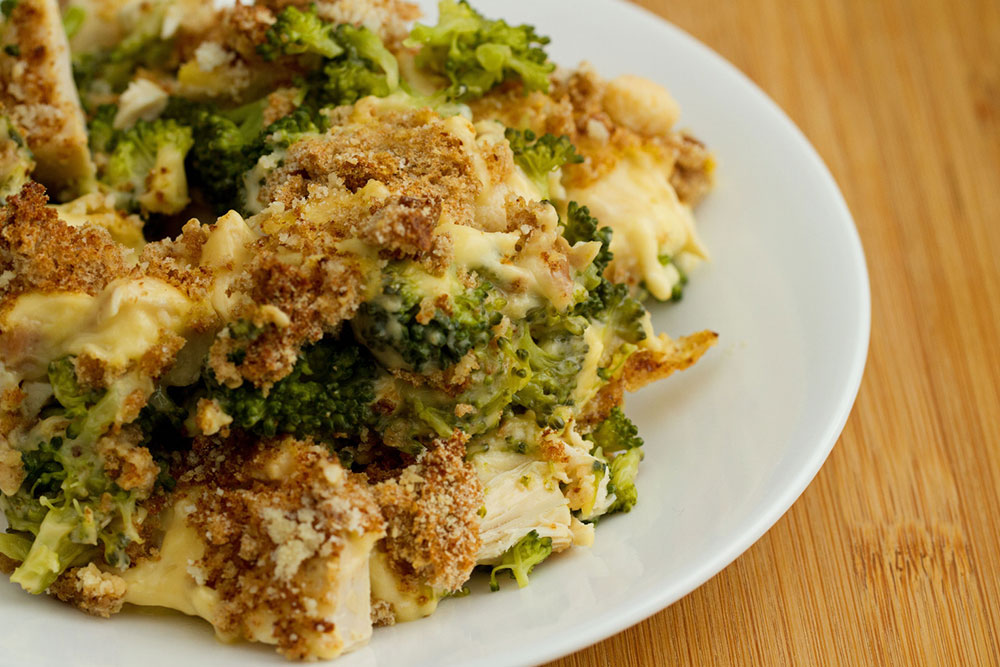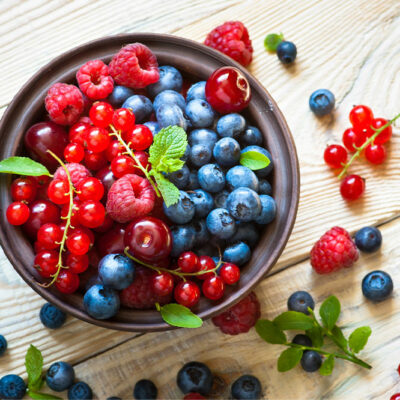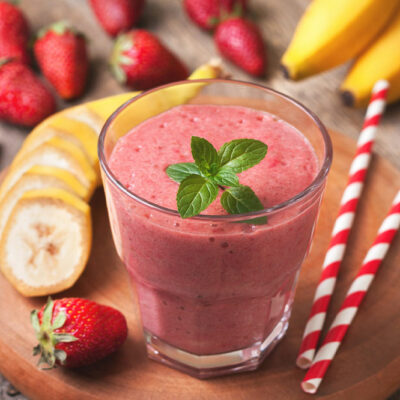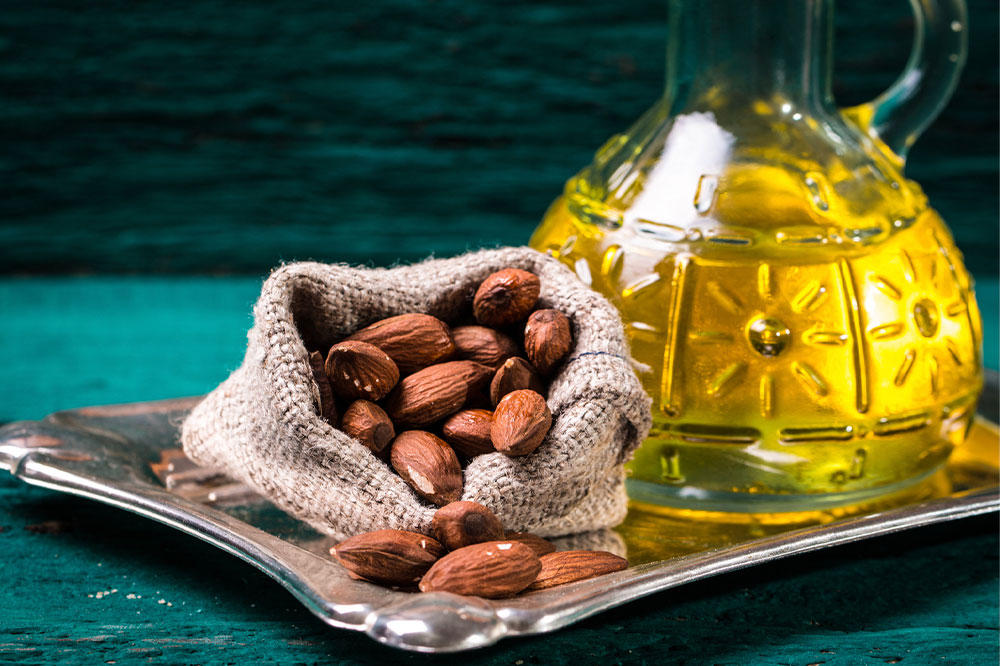9 easy ways to keep food fresh longer

The cost of groceries keeps increasing, and every penny counts while shopping. This is also one of the reasons why people prefer buying food products in bulk. However, if these products are not stored correctly, they could get spoiled and, eventually, tossed in the trash. This problem, which can be easily avoided, leads to extra expenses and unnecessary wastage. So, here are a few ways to keep food fresh for a long time:
1. Learn which foods can be refrigerated
One may be tempted to put all perishable items in the refrigerator. However, this isn’t the best practice. Foods that spoil faster in the refrigerator include watermelon, tomatoes, onions, potatoes, honey, coffee, garlic, and bread. However, one can store jams, nut butter, tortillas, cooked foods, sprouts, and grapes in the fridge. Other items that should be refrigerated are berries, eggplants, apples, broccoli, celery, and leafy greens. If unsure whether a product needs to go in the refrigerator, one could check the product online or look for an answer online.
2. Store food at the right temperature
Storing food at an incorrect temperature can lead to spoilage. The temperature of the refrigerator section should be set at or below 40 degrees Fahrenheit, while the freezer temperature should be at 0 degrees. If the temperature gets any higher, foodborne bacteria could multiply. While refrigerators indicate the temperature, the reading is only sometimes reliable. So, one should get a freestanding thermometer for a precise temperature reading. The cooler the fridge temperature, the longer the food can go without spoiling.
3. Use see-through, airtight containers
To ensure food stays fresh inside the fridge, one must store it in transparent bags and containers that are reusable and airtight. Doing so will prevent the moisture in the air from reaching the food, preventing food contamination and spoilage. Moreover, one must avoid washing fresh fruits and vegetables before storing them in the refrigerator. The water content may add moisture to the produce, which could shorten its lifespan. Instead, one must wash fruits and veggies only before having them.
4. Use plastic wrap
Plastic wrap helps preserve food by creating an airtight seal around the dish holding the food, preventing bacteria growth and moisture loss. Using the wrap for leftovers before storing them in the refrigerator may significantly extend their shelf life. In addition, plastic wrap is transparent, which means one can easily see what’s inside without exposing the food to the exterior atmosphere.
5. Get frozen fruits and vegetables
Frozen fruits and vegetables can help make meal prep quicker. Besides offering the same nutritional value as their unfrozen counterparts, frozen fruits and veggies can be stored in ideal temperatures for as long as a year. To avoid exposing frozen produce to outside temperatures, one should split big batches of fruits and vegetables into smaller portions. This will help limit the number of times the bag is opened.
6. Keep bread covered
Bread is often left open on countertops, which is a common mistake. Many places inside the home can be damp and warm, encouraging mold growth. This is why leaving bread out in the open could make it moldy and spoiled faster. So, one should store bread in a bread box, a reusable airtight plastic bag, or a plastic wrap. If one is unlikely to finish the bread in a few days, they should freeze it. A bread roll could be stored in a freezer for up to three months, as opposed to just 7–14 days in the fridge.
7. Get the quantities right
It is easy to get carried away with grocery shopping, especially when trying to make the most of buy-one-get-one-free and half-price deals. However, this may make one buy more than they require. Consequently, one may not end up using the groceries in time, letting them expire and, eventually, thrown away. So, one must only buy in bulk if they are sure they can use all of it in time. Meal planning is an easy way to determine the amount of groceries the household needs. An item that freezes well, like meat, could stay fresh and frozen for longer, so one could consider buying such ingredients in bulk.
8. Repurpose food that is about to spoil
If some amount of produce is nearing its expiration date, one does not necessarily have to throw it away. Instead, one could blend veggies and fruits that are about to go bad and other ingredients to create a nutritious smoothie. Adding fresh produce, a spoonful of nut butter, and other ingredients could boost the flavor. One could also use carrots, onions, celery, or other vegetables to cook a warm and delicious stew.
9. Follow the 2-hour rule
If one cooks fresh food or has leftovers following a meal, one should not place the hot dish directly in the refrigerator. Hot food could allow bacteria to thrive and multiply. Nevertheless, one should let leftovers cool down for about 2 hours before placing them in the refrigerator. Further, some foods may require immediate refrigeration, so one should avoid exposing them to air and moisture outside the fridge for extended periods.
















